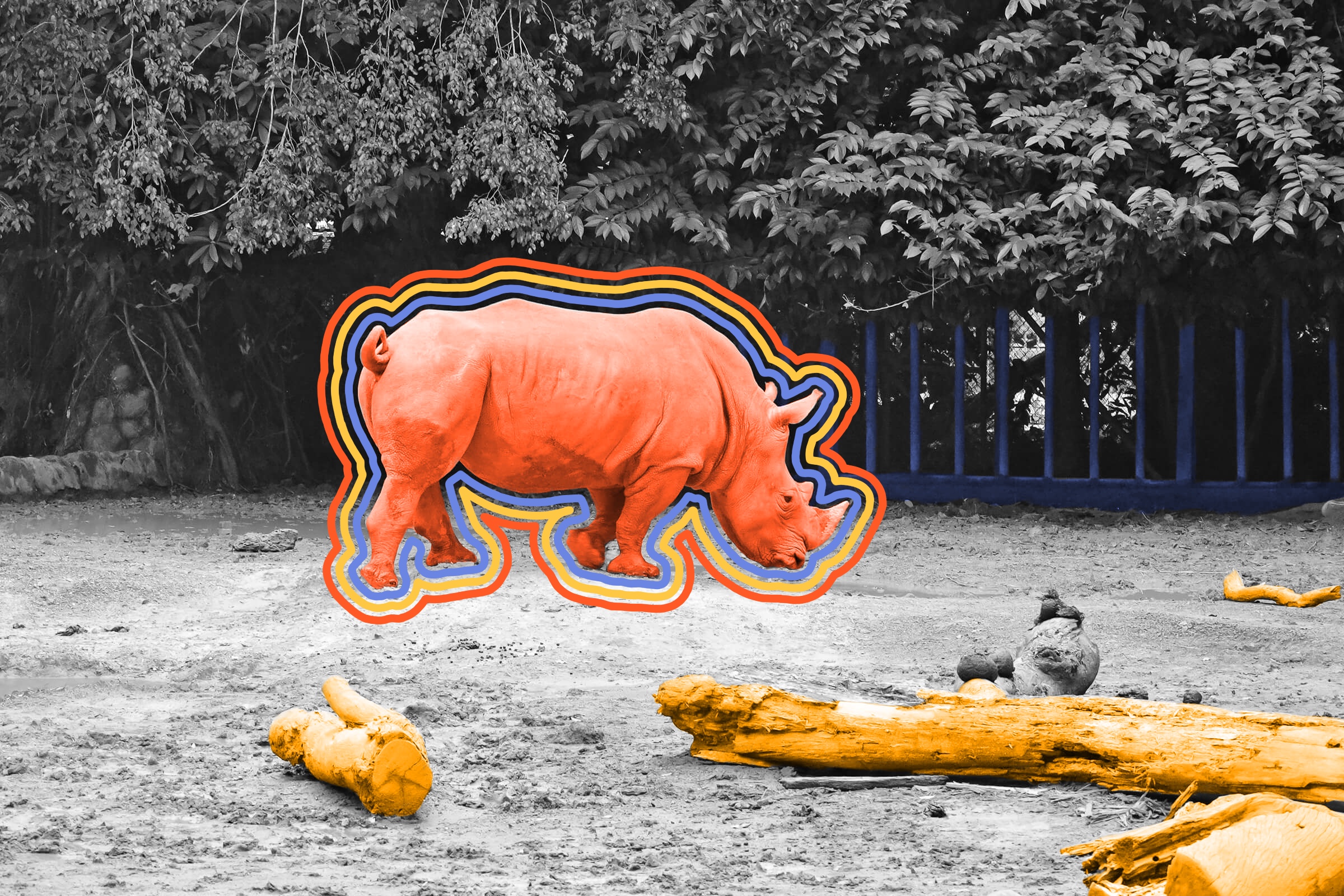
When Marco Polo saw a rhinoceros, he thought it was a unicorn.
The unicorn is a fanciful being of purity usually depicted in medieval art and literature (and modern fantasy and pop culture) as a dainty white horse or goat-like creature with a majestic horn. So when the famed Venetian explorer Marco Polo, who traveled throughout Asia from around 1271 to 1295, saw a “unicorn” up close during his travels in what is now Indonesia, he was disappointed — to say the least. “Their hair is like that of a buffalo … It is a hideous beast to look at, and in no way like what we think and say in our countries,” Polo wrote in his diary. “Indeed, I assure you that it is quite the opposite of what we say it is.”
What Polo had actually spotted was likely the Sumatran rhinoceros (Dicerorhinus sumatrensis), the smallest rhino species in the world, and the only rhino with “hair like that of a buffalo.” That’s because the Sumatran rhino is the closest living relative of the now-extinct woolly rhinoceros, which lived during the Pliocene and Pleistocene epochs. Unicorns and rhinos had long had a garbled association in the European mind — the earliest account of a unicorn, from the Greek physician and historian Ctesias, seems based on a rhinoceros, and the word “unicorn” itself evolved out of an ancient game of telephone involving an animal described in the Bible by the Hebrew re'em and confused accounts of the rhinoceros.
Despite its name, the Sumatran rhino used to have a native range that stretched across central and southeast Asia. Today, scientists estimate that there are fewer than 80 Sumatran rhinos left in the world, and most — if not all — live on protected lands. Organizations such as the World Wildlife Fund are working with governments to protect the rhinos and fight the poaching and other crimes that contribute to their dwindling numbers. After all, the world has marveled at the creature for hundreds of years — and it deserves a chance at survival, even if some people have said it’s a “hideous beast to look at.”
In March 2018, the last male northern white rhinoceros died, leaving behind only two of his subspecies, both aging females who weren’t healthy enough to bear new calves. The subspecies of rhino is now effectively extinct — but scientists have other plans. Researchers are working around the world to bring the northern white rhino back from the brink. The plan is to create new embryos of the subspecies (perhaps using previously collected sperm and eggs, or manipulating pluripotent stem cells) and implant them in a female of its closest cousin, the southern white rhinoceros. If successful, the birth of new, healthy calves could resurrect the near-extinct species. In 2019, Italian scientists announced they’d successfully created two northern white rhino embryos, offering a ray of hope for a species facing annihilation.

